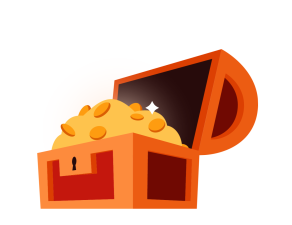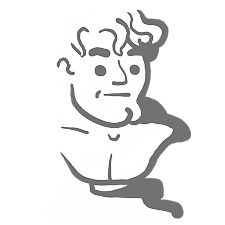Install Steam
login
|
language
简体中文 (Simplified Chinese)
繁體中文 (Traditional Chinese)
日本語 (Japanese)
한국어 (Korean)
ไทย (Thai)
Български (Bulgarian)
Čeština (Czech)
Dansk (Danish)
Deutsch (German)
Español - España (Spanish - Spain)
Español - Latinoamérica (Spanish - Latin America)
Ελληνικά (Greek)
Français (French)
Italiano (Italian)
Bahasa Indonesia (Indonesian)
Magyar (Hungarian)
Nederlands (Dutch)
Norsk (Norwegian)
Polski (Polish)
Português (Portuguese - Portugal)
Português - Brasil (Portuguese - Brazil)
Română (Romanian)
Русский (Russian)
Suomi (Finnish)
Svenska (Swedish)
Türkçe (Turkish)
Tiếng Việt (Vietnamese)
Українська (Ukrainian)
Report a translation problem


































The name of my song is "Nightcore - I Would Never Stop You (Remix)", but in the game I only can see "Nightcore - I Would". What must I do to see the full name in the game?
oh, and there's this autolevel.json file that keeps appearing...so yeah
While recording, press 'C' before the timer reaches the 64 seconds and the game will continue recording until you press 'C' again. IIRC, you shouldn't do anything else: everything should be working, you could upload your extended level and everyone would be able to play it.